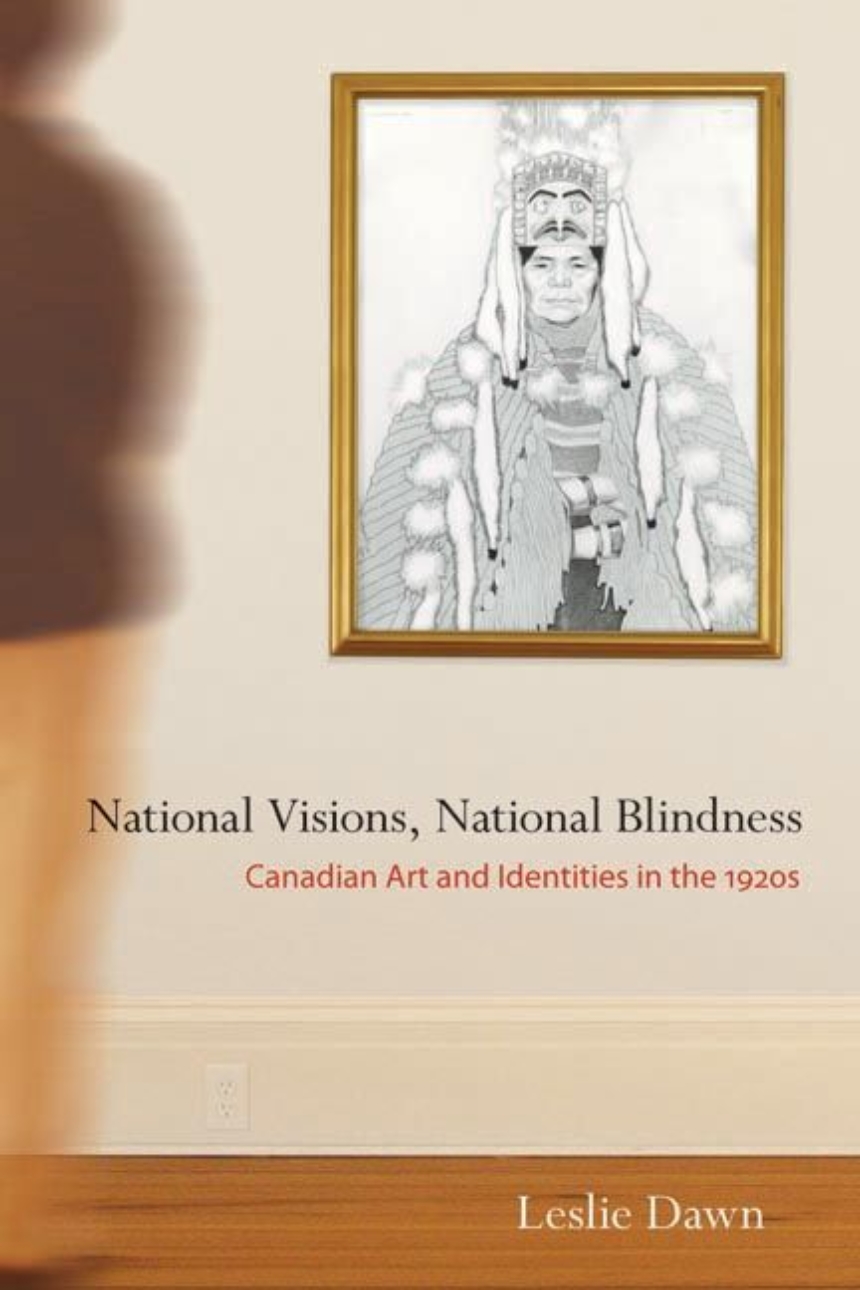University of British Columbia Press
National Visions, National Blindness
Canadian Art and Identities in the 1920s
Distributed for University of British Columbia Press
National Visions, National Blindness
Canadian Art and Identities in the 1920s
In the early decades of the twentieth century, the visual arts were considered central to the formation of a distinct national identity, and the Group of Seven’s landscapes became part of a larger program to unify the nation and assert its uniqueness. This book traces the development of this program and illuminates its conflicted history. Leslie Dawn problematizes conventional perceptions of the Group as a national school and underscores the contradictions inherent in international exhibitions showing unpeopled landscapes alongside Northwest Coast Native arts and the “Indian” paintings of Langdon Kihn and Emily Carr. Dawn examines how this dichotomy forced a re-evaluation of the place of First Nations in both Canadian art and nationalism.
Table of Contents
Acknowledgments
Introduction
1 Canadian Art in England
2 England in Canadian Art
3 Canadian Art in Paris
4 Canadian Primitives in Paris
5 Barbeau and Kihn with the Stoney in Alberta
6 Barbeau and Kihn with the Gitxsan in British Columbia
7 Giving Gitxsan Totem Poles a New Slant
8 Representing and Repossessing the Skeena Valley
9 West Coast Art, Native and Modern
10 The Downfall of Barbeau
11 Revisiting Carr
Conclusion
Notes
Bibliography
Index

